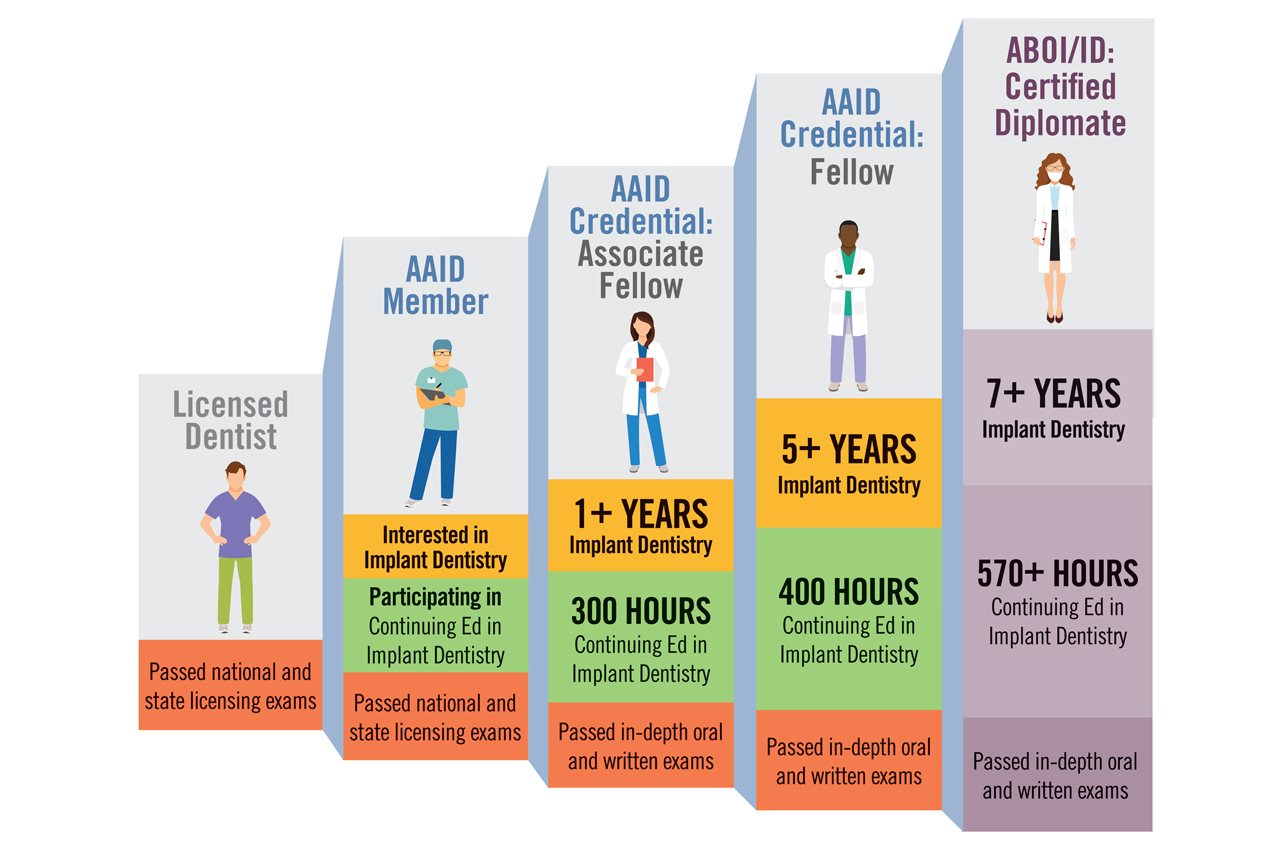2019-08-23T14:45:00
(BPT) – By Carrie Schwab-Pomerantz
As our children head back to school, do you know how much of their classroom time will be devoted to learning about money?
Unfortunately, the answer to this question is generally “not much.” Only 19 states require high school students to take a course in personal finance, so most kids are missing out on this important part of their education.
The good news? As parents, we can introduce our children not only to the practical realities of managing a checking account and sticking to a budget, but also to bigger financial concepts like saving for a goal and investing for the future.
Here are common life experiences I think parents can use to get their kids to pay attention to some important financial concepts.
1) Getting an allowance — Want your kids to make good money choices? Give them some money of their own to manage. An allowance is a good first step. Set expectations right from the start. For example, you may want to tie at least part of their allowance to chores, which can give them a taste of responsibility as well as an understanding of what it’s like to work and be rewarded.
What do you expect your kids to pay for with their own money? Help them come up with a budget to handle their expenses — and don’t bail them out if they fall short. The amount and frequency of an allowance will change as your kids get older, but the main thing is to let them manage and make their own mistakes.
2) Saving for a big purchase — Whether your child wants a bike or a laptop, having a savings goal brings the concepts of trade-offs, delayed gratification and compound interest home. Start by creating a time frame and savings plan for the purchase. Help your child track spending and identify opportunities to save. An online savings calculator can be a great motivator — as can offering to match a portion of your child’s saving. This would also be a good time to help your child open a savings account and become familiar with the concept of compound interest.
As kids get older and their savings goals get loftier — say a car or a big trip — there are other financial lessons that go beyond savings. There’s researching and comparison shopping, possibly financing, and handling associated expenses. That takes not only saving for the purchase, but ongoing budgeting and money management. A monthly budget planner is an excellent tool to help your teen put the numbers together, even if you’re doing it as a joint venture.
3) First job — If you haven’t done so already, now’s the time to help your teen open and manage a checking account and perhaps even a credit or debit card. To reinforce saving, encourage setting up an automatic deposit from a checking to a savings account. Plus, as your teen has more savings, you could suggest opening a brokerage account (custodial if under 18) or even an IRA if they have earned income, and introduce some basic investing concepts. An IRA can be a great way to reinforce the importance of saving for retirement, and a first paycheck is a great introduction to taxes.
4) Going to college — If your kids are college bound, hopefully you’ve involved them in saving toward this major goal. But there’s more to college costs than tuition. Sit down together and talk about living expenses, books, food, transportation, personal care, insurance — all the things they may have taken for granted so far. Be clear on what you’ll pay for and what you expect your college student to cover, then create a budget together.
Make sure your student has a checking account, and knows how to properly use a debit card or a credit card to handle expenses. If you haven’t had the credit card talk yet, now’s the time to get into the details from interest to late fees to credit reports. Be sure to stress the pitfalls of misuse, which could really come back to haunt them later in life.
5) Moving out — Hopefully, the lessons learned so far will help your kids with this major transition, but they probably still need your guidance on the financial realities of living on their own. Understanding how to balance essential expenses and nice-to-haves, car and renters insurance, an emergency fund, staying on top of debt (especially student loans) — if your kids haven’t been interested in these things before, they certainly should be now.
Share your own life lessons
Share your personal financial lessons — where you’ve succeeded and where you’ve failed. Then let them have their own successes and failures. That may be the most effective life lesson of all.
Have a personal finance question? Email askcarrie@schwab.com. Carrie cannot respond to questions directly, but your topic may be considered for a future article. For Schwab account questions and general inquiries, contact Schwab. For more information visit Schwab MoneyWise.
Compliance #: 0819-9LBD











